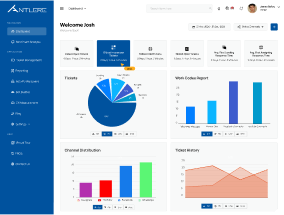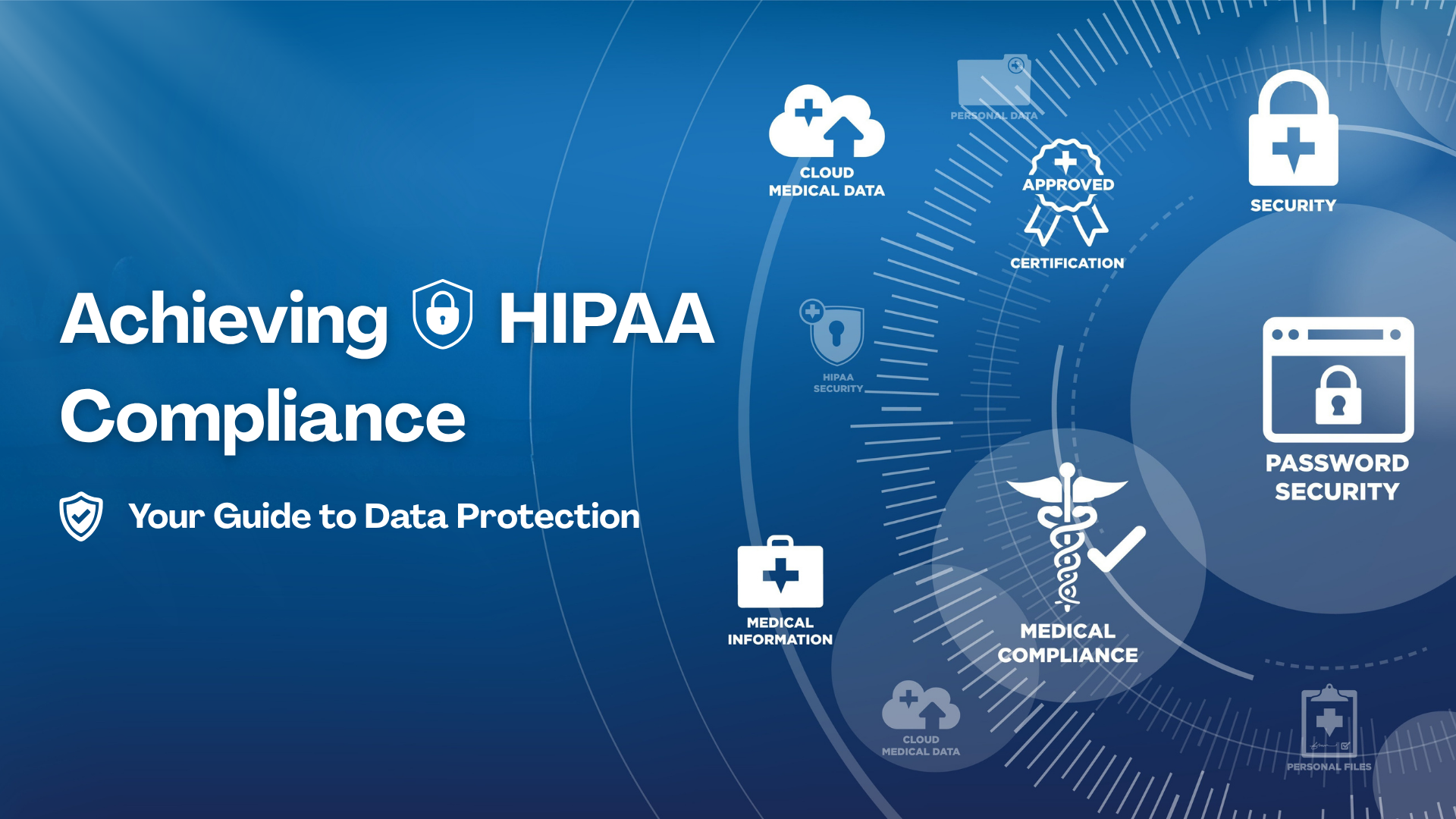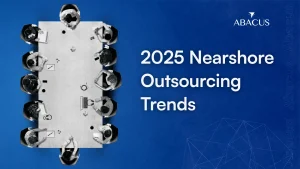Achieving HIPAA Compliance: Your Guide to Data Protection
The Health Insurance Portability and Accountability Act of 1996, also commonly known as HIPAA compliance. It is the foundation of legal framework governing data privacy and security for the healthcare industry in the United States. It’s more than just a set of rules; it represents a commitment to patient trust and confidentiality.
HIPAA compliance is achieved through a set of administrative, physical, and technical controls that are comprehensive to uphold the confidentiality, integrity and availability of the patient data.
What is the basic purpose of HIPAA, and how is Compliance defined?

The basic purpose of HIPAA is to protect the rights of patients and ensure the security and privacy of their health data. HIPAA compliance is the state of adhering to all rules set forth by the act, which are primarily enforced by the U.S. Department of Health and Human Services (HHS) Office for Civil Rights (OCR).
Compliance is achieved by applying a set of administrative, physical, and technical controls. HIPAA compliance ensures that organizations legally engage in patient confidentiality, and this is vital in ensuring trust in the healthcare system.
What constitutes protected health information, and why is it legally protected?
At the heart of HIPAA regulations protect health information (PHI). PHI consists of any demographic, medical, or financial information that can identify a patient.
These encompass all details of a patient like name, address, social security number among other medical records, laboratory tests, billing details, as well as complete photographic images of the faces.
Any person, or organization that develops, obtains, stores or transfers this sensitive and guarded health data has to abide by the stringent provisions of the HIPAA Privacy and Security Rules.
The safeguarding of the secured health information in law permits the patients to wait in line without the fear that their most private information will be revealed and abused.
What technical and physical security safeguards are mandatory under the HIPAA rules?
Mandatory security safeguards are divided into technical, physical, and administrative categories, all designed to secure protected health information (PHI) against breaches.
Technical security safeguards require the implementation of encryption for ePHI both in transit and at rest, as well as unique user IDs, emergency access procedures, and audit controls to track system activity.
Physical security safeguards relate to securing physical access to systems and facilities where PHI is stored, such as locking server rooms, positioning monitors away from public view, and enforcing strict workstation security policies.
These combined measures form the bulwark against unauthorized data access.
Why is a business associate agreement essential, and who needs to sign one to maintain HIPAA compliance?
A business associate agreement (BAA) is a compulsory agreement that must exist between a Business Associate (BA) and a Covered Entity (such as a hospital or a clinic).
A BA is any individual or entity that carries functions or operations on behalf of a Covered Entity through which the use or disclosure of the protected health information is done.
This involves third-party vendors such as the IT service provider, cloud storage provider, billing service provider, and external consultants.
The business associate agreement legally imposes the BA to deploy the identical standards of HIPAA compliance as the Covered Entity, so that PHI is safeguarded even in the cases when another vendor handles it. Upon sharing PHI, neglecting to secure an adequate BAA is a widespread and expensive violation of HIPAA.
What are the consequences of non-compliance, including enforcement and penalties?

The consequences of non-compliance are severe, involving federal scrutiny and steep financial repercussions enforced by the Office for Civil Rights (OCR). The OCR investigates complaints and conducts compliance reviews, resulting in a system of escalating fines known as enforcement and penalties.
These sanctions are classified on a scale of negligence severity with Tier 1 being accidental violation, then increasing to Tier 2 through Tier 4 with no correction and maximum fines applied per violation category annually (maximum of 1.5million).
And under the worst circumstances with criminal wrongdoing or intent to cause harm, the person can also suffer jail time, which emphasizes the need to ensure a high level of HIPAA compliance is not compromised.
Conclusion
By treating HIPAA compliance as an ongoing operational commitment rather than a one-time project, you protect your patients, your data, and your organization’s viability.
The constant vigilance required to implement technical security safeguards and manage every business associate agreement ensures that protected health information remains confidential.










